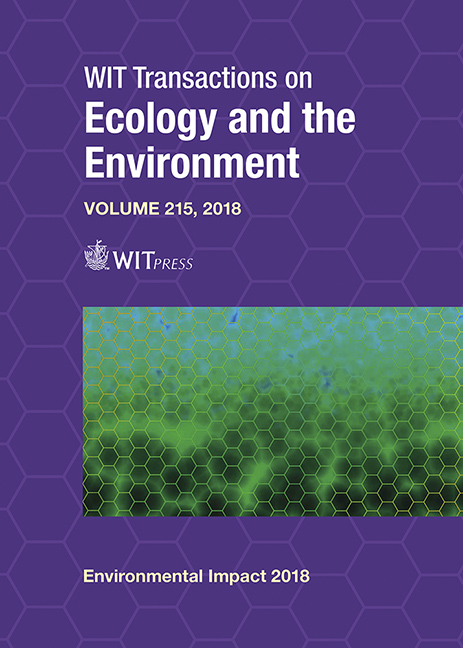EVALUATING POLICY IMPACT OF LARGE WATER RESERVOIRS UNDER CLIMATE CHANGE
Price
Free (open access)
Transaction
Volume
215
Pages
12
Page Range
145 - 156
Published
2018
Paper DOI
10.2495/EID180131
Copyright
© 2018 IBM
Author(s)
ALVARO BUENO BUORO, EDUARDO CESAR COUTINHO, DANIEL SPECHT
Abstract
We developed a methodology for modelling climate change impacts on reservoir levels and to evaluate the applicability of the model into the process of policy evaluation. We start by performing the technique of Quantile Mapping to apply bias correction in two Climate Change (CC) General Circulation Models (GCM) models (HADGEM and CNRM) based on an overlapping period of ten years. This data is used as input into a two state Markov Chain model to generate a stochastic rain generator model. We then suggest an alternative method to perform a smooth transition from the historical data to long term climate forecasting. These stochastic rainfalls are the input to a calibrated runoff model that is part of a dynamic simulation system incorporating the alternative policies used for the reservoir. This method created a realistic decision support tool, incorporating the uncertainty associated with the CC to evaluate management policies. We applied this methodology on the Cantareira reservoir, one of the largest drinking water systems in the world. It was concluded that the “seasonal policy” (RAC1) is more robust to maintain a constantly higher storage level in relation to the alternative. The climate change analysis indicates a steady increase in storage and overflow with time.
Keywords
stochastic rainfall, policy evaluation, bias correction, climate change, decision support





